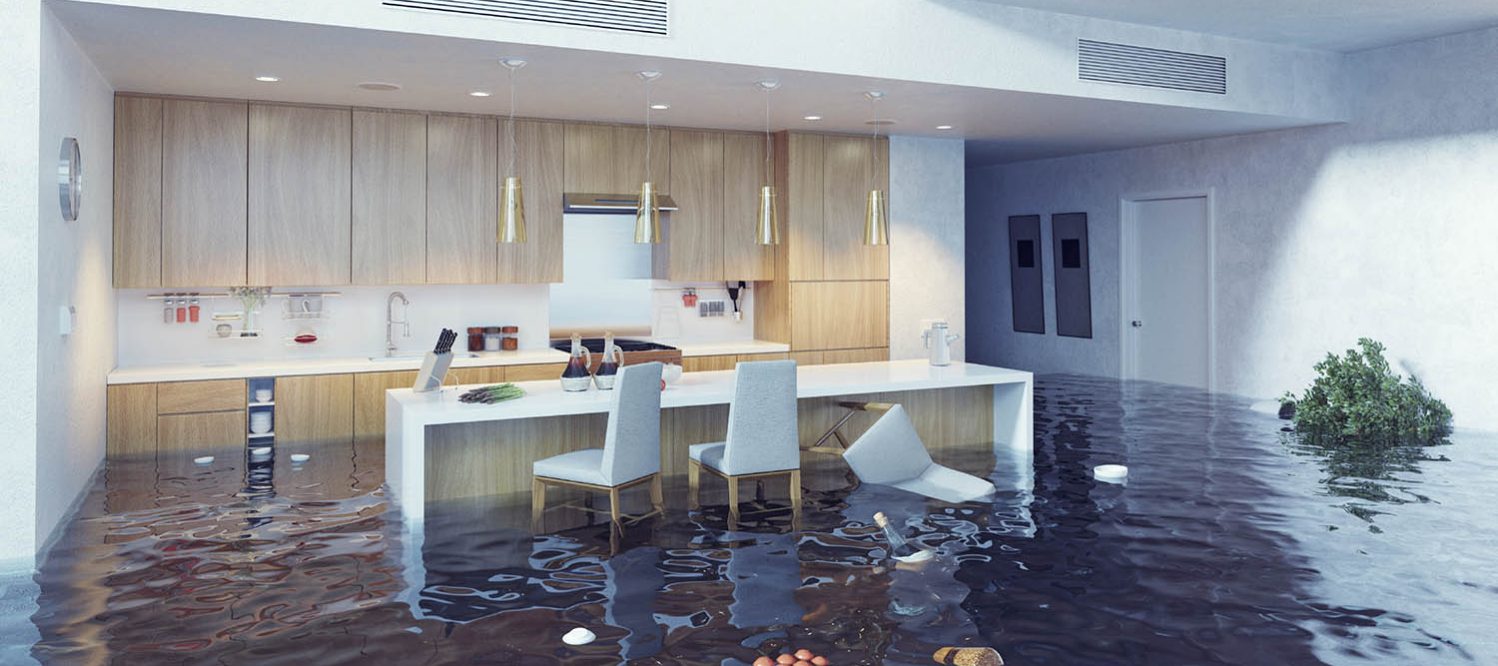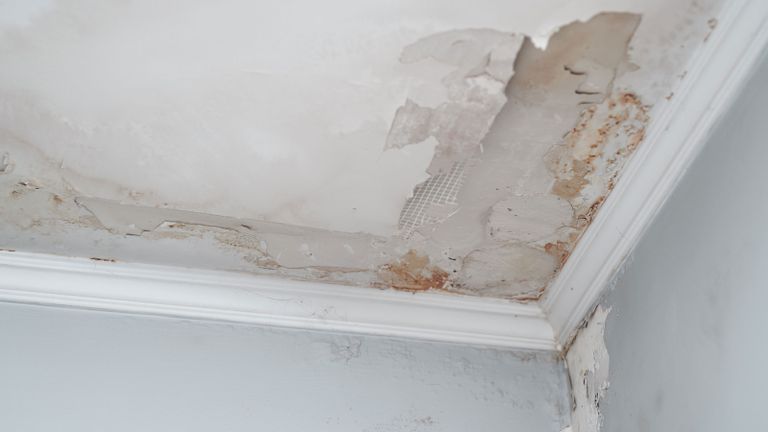This great article following next pertaining to Fire And Water Damage Prevention is amazingly entertaining. Read it yourself and see what you think about it.

Though water provides life, water intrusion on components where it's not intended to be can result in damage. If the water saturates into your structure, it can peel off away surface areas and also wear down the structure. Mold and also mildew likewise thrive in a moist environment, which can be harmful for your health and wellness. Homes with water damages odor old and also mildewy.
Water can come from many resources such as tropical storms, floods, ruptured pipes, leakages, as well as sewage system problems. In case you experience water damages, it would be great to know some security precautions. Right here are a couple of guidelines on exactly how to manage water damage.
Do Prioritize Residence Insurance Insurance Coverage
Water damage from flood because of hefty winds is seasonal. Nonetheless, you can additionally experience an unexpected flooding when a defective pipe unexpectedly breaks right into your home. It would be best to have residence insurance policy that covers both disasters such as all-natural catastrophes, as well as emergencies like broken plumbing.
Do Not Neglect to Shut Off Utilities
In case of a disaster, specifically if you reside in a flood-prone area, it would certainly be suggested to shut off the main electric circuit. This cuts off power to your entire house, preventing electrical shocks when water comes in as it is a conductor. Don't fail to remember to turn off the main water line shutoff. Furnishings will certainly move around and also create damages when floodwaters are high. Having the primary shutoff shut off stops more damage.
Do Remain Proactive and Heed Climate Notifies
Storm floodings can be really uncertain. Stay positive and also ready if there is a history of flooding in your community. Pay attention to emptying warnings if you live near a creek, river, or lake. Get belongings from the very beginning and also cellar, then put them on the highest feasible level. Doing so lowers potential building damage.
Do Not Overlook the Roofing System
You can prevent rainfall damages if there are no openings and also leakages in your roof covering. This will certainly stop water from moving down your walls and also soaking your ceiling.
Do Take Notice Of Small Leaks
A burst pipeline doesn't occur overnight. Normally, there are red flags that show you have deteriorated pipelines in your house. As an example, you may observe bubbling paint, peeling wallpaper, water touches, water discolorations, or dripping audios behind the wall surfaces. At some point, this pipeline will rupture. Ideally, you should not await points to rise. Have your plumbing fixed prior to it causes substantial damage.
Don't Panic in Case of a Ruptured Pipe
Maintaining your presence of mind is essential in a time of situation. Stressing will only intensify the trouble since it will suppress you from acting quickly. Timing is essential when it comes to water damage. The longer you wait, the more damages you can expect. Hence, if a pipeline bursts in your home, instantly shut down your primary water shutoff to cut off the resource. Unplug all electric outlets in the area or turn off the circuit breaker for that component of the house. Call a reliable water damages remediation professional for assistance.
Water offers life, water intrusion on parts where it's not supposed to be can result in damage. Homes with water damage scent musty and old.
Water damages from flooding fees to hefty winds is seasonal. You might observe bubbling paint, peeling off wallpaper, water streaks, water discolorations, or leaking audios behind the walls. When it comes to water damages, timing is essential.
Some Do's & Don't When Dealing with a Water Damage
DO:
Make sure the water source has been eliminated. Contact a plumber if needed. Turn off circuit breakers supplying electricity to wet areas and unplug any electronics that are on wet carpet or surfaces Remove small furniture items Remove as much excess water as possible by mopping or blotting; Use WHITE towels to blot wet carpeting Wipe water from wooden furniture after removing anything on it Remove and prop up wet upholstery cushions for even drying (check for any bleeding) Pin up curtains or furniture skirts if needed Place aluminum foil, saucers or wood blocks between furniture legs and wet carpet Turn on air conditioning for maximum drying in winter and open windows in the summer Open any drawers and cabinets affected for complete drying but do not force them open Remove any valuable art objects or paintings to a safe, dry place Open any suitcases or luggage that may have been affected to dry, preferably in sunlight Hang any fur or leather goods to dry at room temperature Punch small holes in sagging ceilings to relieve trapped water (don't forget to place pans beneath!); however, if the ceiling is sagging extremely low, stay out of the room and we'll take care of it DO NOT:
Leave wet fabrics in place; dry them as soon as possible Leave books, magazines or any other colored items on wet carpets or floor Use your household vacuum to remove water Use TV's or other electronics/appliances while standing on wet carpets or floors; especially not on wet concrete floors Turn on ceiling fixtures if the ceiling is wet Turn your heat up, unless instructed otherwise

We had been shown that report about 5 Home Safety Tips To Reduce The Risk Of Fire And Water Damage through an associate on our other domain. In case you liked our blog posting please do not forget to share it. We enjoy reading our article about Ways to Reduce The Risk Of Fire And Water Damage.